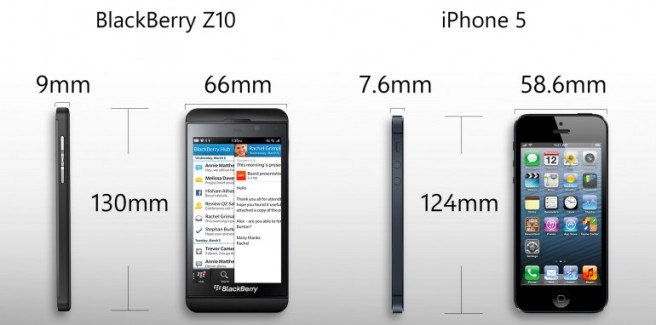VPN allow employees to connect back to Office from outside (Hotels, Homes, Customer or Client Sites). VPN are configured from the Company Firewall, and are either IPsec (Internet Protocol Security) or SSL (Secure Sockets Layer), and may add additional 2-Factor Audentication (Token, Mobile Apps or SMS).
IPsec VPN require specific clients to be installed on user computer in order to make a connection, which acts as an additional layer of security, however maintaining it or keeping it updated on user computer is much harder. SSL VPN is of a standard protocal that can be run from web browser and many mobile device without needing additional installations.
VPN also provide the additional benefits to access websites where your current location might blocks, which your company is able to in another country, such as for accessing Google sites in China. It basically acts as a middle man to search and send the results back to you.
There are also free end user VPN (ZenMate – https://zenmate.com etc) that can be installed as an add-on easily on Chrome Browser that might bypass even the company Firewall. Allowing you to access websites that you normally can’t.




